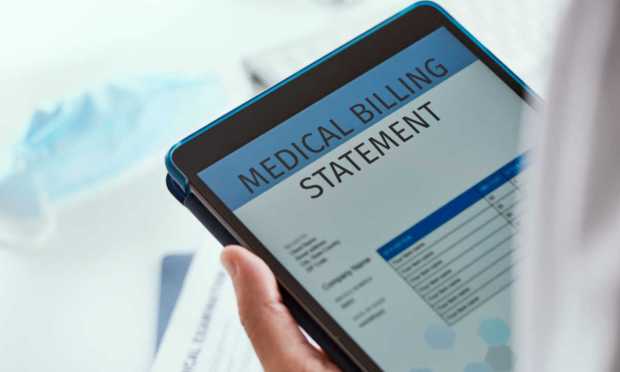NextGen Healthcare Expands InstaMed Partnership

Healthcare tech company NextGen has expanded its partnership with InstaMed, JPMorgan’s healthcare payments business.
As the Atlanta-based company said in a news release Monday (July 18), the deal “modernizes payment processing through NextGen Pay powered by InstaMed.”
This solution, NexGen said, offers expanded payment options for patients, letting them pay online when visiting providers that use NextGen’s Practice Management tool. In addition, the platform lets healthcare providers automate collections and manage and view payments within the same system.
Read more: InstaMed: Digitization Emerges As Cure For Healthcare Payments
“With NextGen Pay powered by InstaMed, we’re taking the friction out of the patient-provider payment experience,” said Srinivas Velamoor, chief growth and strategy officer for NextGen Healthcare. “Patients want a simple and streamlined process for paying their medical bills; providers want to focus on delivering the best care possible without being mired in collection inefficiencies. Our integrated solution delivers on both needs.”
The release said a number of NextGen clients had begun to benefit from the partnership, which lets patients save credit card information within the online portal for faster, on-the-go payments. It also gives them the option of using Apple Pay or Google Pay during in-person care visits.
“Now, our practice is a one-stop shop for patient collections,” said Matthew Pierre, chief executive officer of Nashville’s Loden Vision Centers and a NextGen Healthcare client. “The billing department can manage, view and collect payments all in one place.”
PYMNTS spoke last year with InstaMed President Jeff Lin in the wake of a report that found — among other things — that 54% of patients were interested in monitoring their upcoming provider payments digitally. In addition, 43% said they were willing to store their preferred payment details with their providers, while another 43 percent would automate payments to avoid repetitive manual data entry.
“All these things elicit the question: What can we be doing better to engage that consumer when they’re walking in the door and educating them?” Lin said. “You don’t want that last impression being a surprise medical bill or a confusing medical statement, because it becomes a lasting impression of that healthcare provider.”